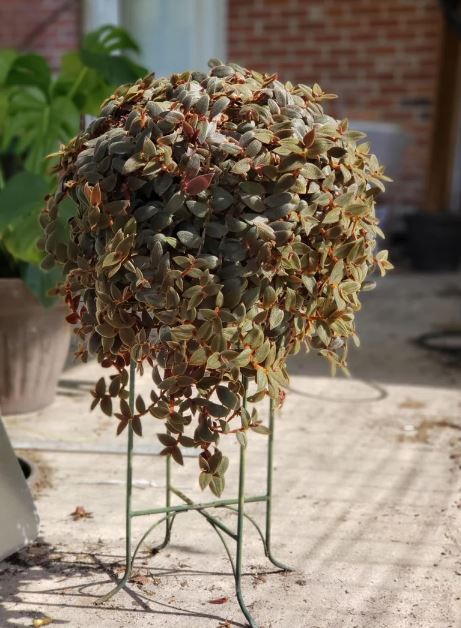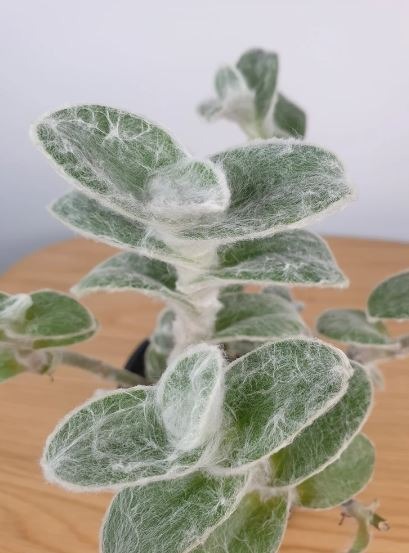Introduction
Lilacs are beloved flowering shrubs known for their vibrant and fragrant blossoms. While growing lilacs from seed can be a lengthy and unpredictable process, propagating lilac cuttings offers a more efficient and reliable way to expand your garden. In this blog post, we will explore the step-by-step process of propagating lilac cuttings, allowing you to enjoy the beauty of these enchanting flowers in your own backyard.
step-by-step guide
1. Timing: The best time to take lilac cuttings is in late spring to early summer when the plant is actively growing. This usually occurs after the blooming period.
2. Selecting Cuttings:
- Choose healthy, disease-free branches that are young and vigorous.
- Cuttings should be around 4-6 inches long, taken from the current year’s growth.
- Remove any flowers or flower buds from the cutting, as these divert energy from root development.
3. Preparation:
- Use clean, sharp pruning shears to take cuttings.
- Trim the bottom end of the cutting just below a leaf node (where leaves attach to the stem) and remove any lower leaves.
4. Rooting Medium:
- Choose a well-draining rooting medium, such as a mixture of peat moss and perlite or vermiculite.
- You can also use a commercial rooting hormone to enhance root development, although this is optional.
5. Planting:
- Dip the trimmed end of the cutting in rooting hormone (if using).
- Insert the cutting about 1-2 inches deep into the prepared rooting medium.
- Space the cuttings a few inches apart in a container or seed tray.
6. Humidity and Covering:
- Place a clear plastic bag or a plastic dome over the cuttings to create a humid environment that encourages root growth.
- Mist the cuttings occasionally to maintain moisture levels.
7. Light and Temperature:
- Place the cuttings in a bright, indirect light location. Avoid direct sunlight, as it can cause excessive heat buildup.
- Maintain a temperature of around 70-75°F (21-24°C) to promote rooting.
8. Watering:
- Keep the rooting medium consistently moist but not soggy. Water the cuttings when the top inch of the soil feels slightly dry.
- Avoid overwatering, as excessive moisture can lead to fungal issues.
9. Transplanting:
- After a few weeks to a couple of months, you should start to see signs of root development (new growth or resistance when tugging gently).
- Once the cuttings have developed a good root system, carefully transplant them into individual pots with well-draining soil.
10. Acclimation and Planting Outdoors:
- Gradually acclimate the rooted lilac cuttings to outdoor conditions over a period of a week or two.
- Plant the well-acclimated lilac plants in a sunny to partially shaded location in your garden.
11. Maintenance:
- Water the newly planted lilac cuttings regularly, especially during their first growing season.
- Mulch around the base of the plants to help retain moisture and suppress weed growth.
- Fertilize with a balanced, slow-release fertilizer according to package instructions.
Questions or Concerns?
Esty Shop
Looking to get Lilac cuttings? Click this link and be transported to our shop.
Proudly powered by WordPress





